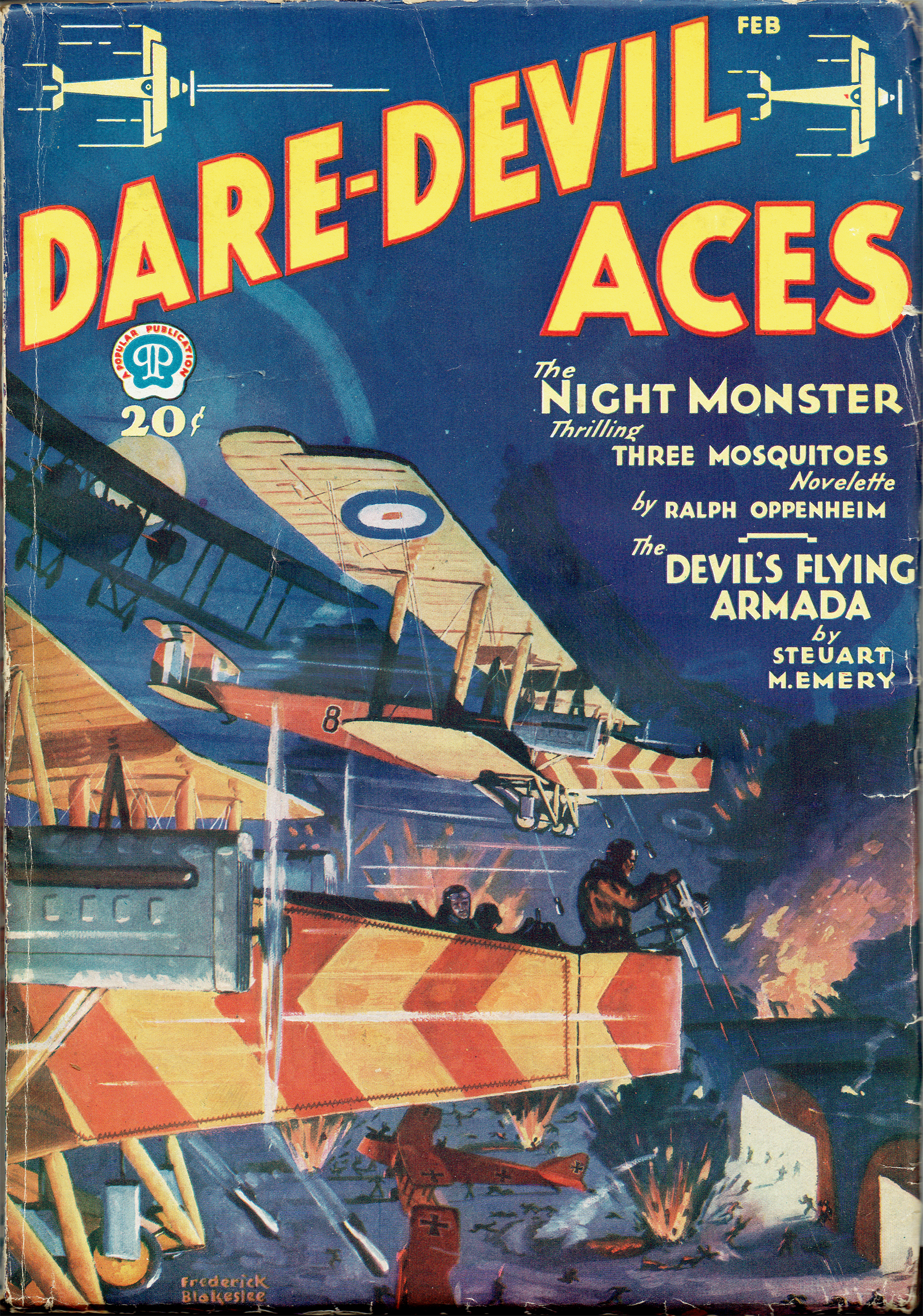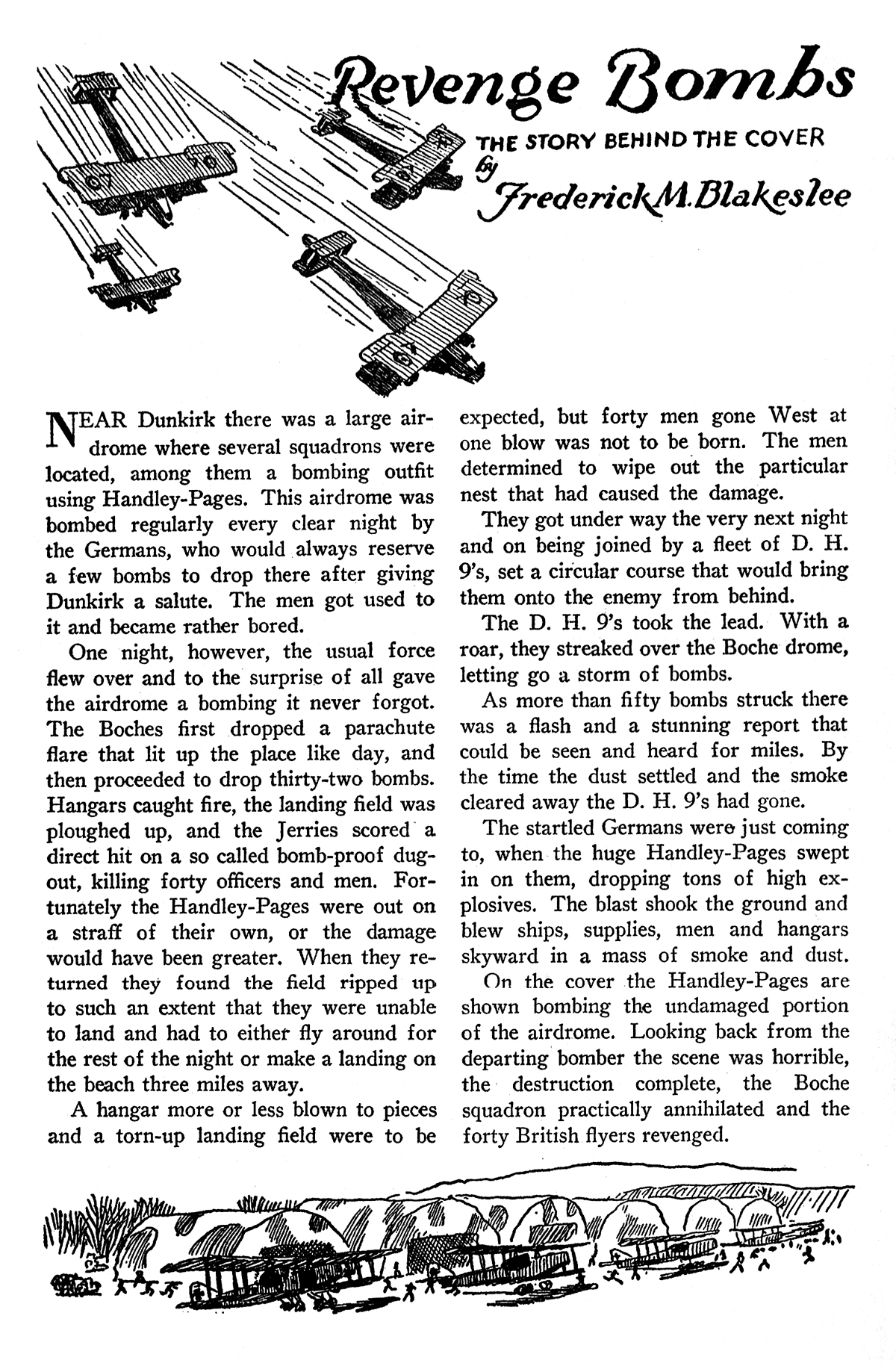From the Scrapbooks: Battle Birds Covers
THIS Holiday Season we’re delving into a pair of scrapbooks that were created in the late 20’s and early 30’s by an industrious youth, Robert A. O’Neil, with a keen interest in all things aviation. The books contain clippings, photos and articles from various aviation pulps as well as other magazines. What has been assembled is a treasure trove of information on planes and aces of WWI.
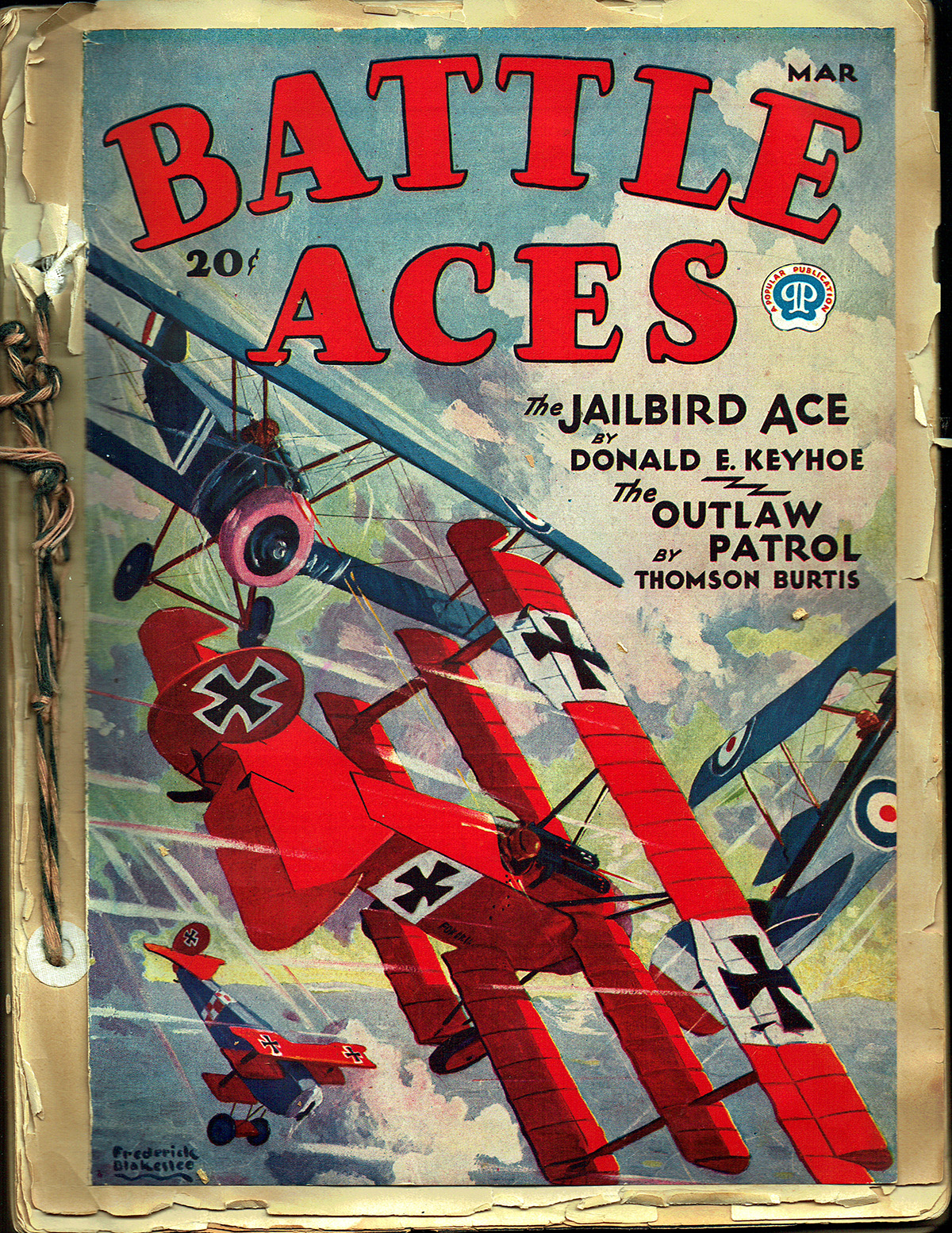 Like many in the late 20’s and early 30’s, Robert O’Neil was fascinated with aviation and as such, a large part of both volumes of his scrapbooks is taken up with a cataloging of the many different types of planes. In addition to Flying Aces’ “War Planes Album” and Sky Birds’ “Model Planes of All Nations”, Robert also featured Frederick Blakeslee’s magnificent Battle Aces covers.
Like many in the late 20’s and early 30’s, Robert O’Neil was fascinated with aviation and as such, a large part of both volumes of his scrapbooks is taken up with a cataloging of the many different types of planes. In addition to Flying Aces’ “War Planes Album” and Sky Birds’ “Model Planes of All Nations”, Robert also featured Frederick Blakeslee’s magnificent Battle Aces covers.
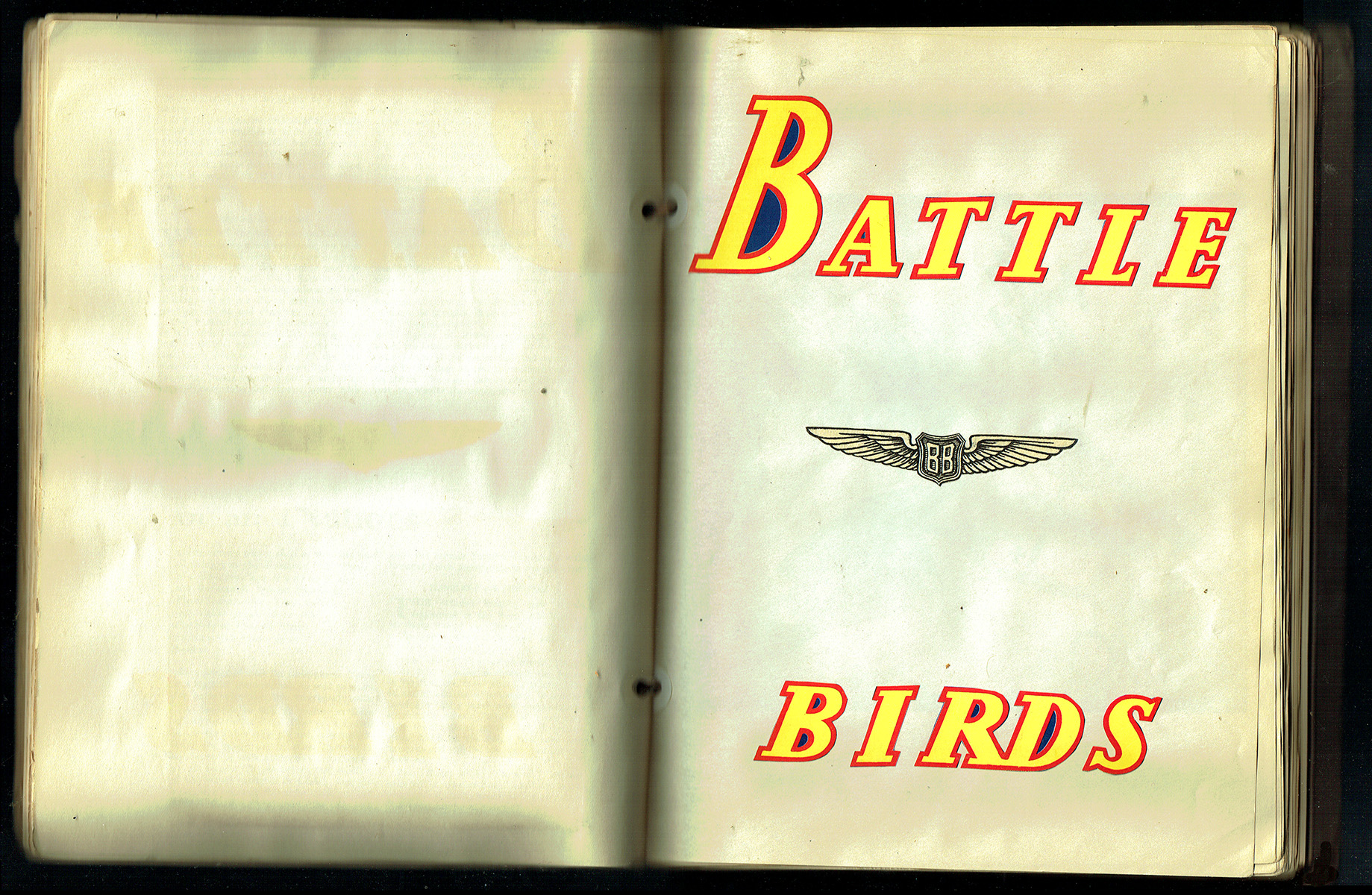
The section features it’s own introductory page
Although the first scrapbook featured the cover of the premiere issue of Battle Birds on its cover, Robert’s scrapbooked covers from Battle Birds were in the second book along with the Battle Aces covers. Unlike the scrapbooked Battle Aces covers, Robert trimmed off the text portions of the covers and just included Blakeslee’s great arial combat illustration portion.
When possible, he made note of the planes Blakeslee portrayed on the covers!
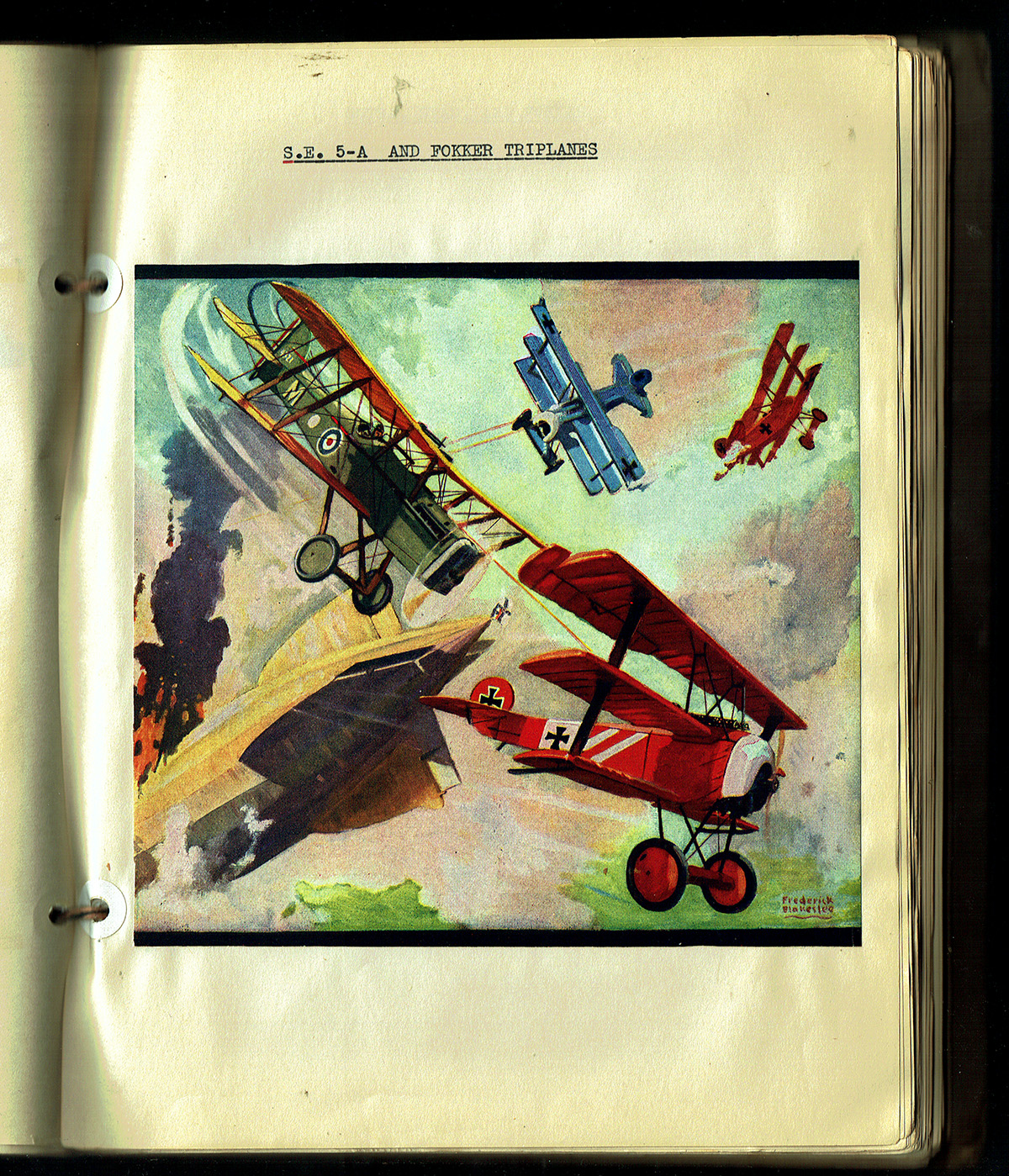 May 33 |
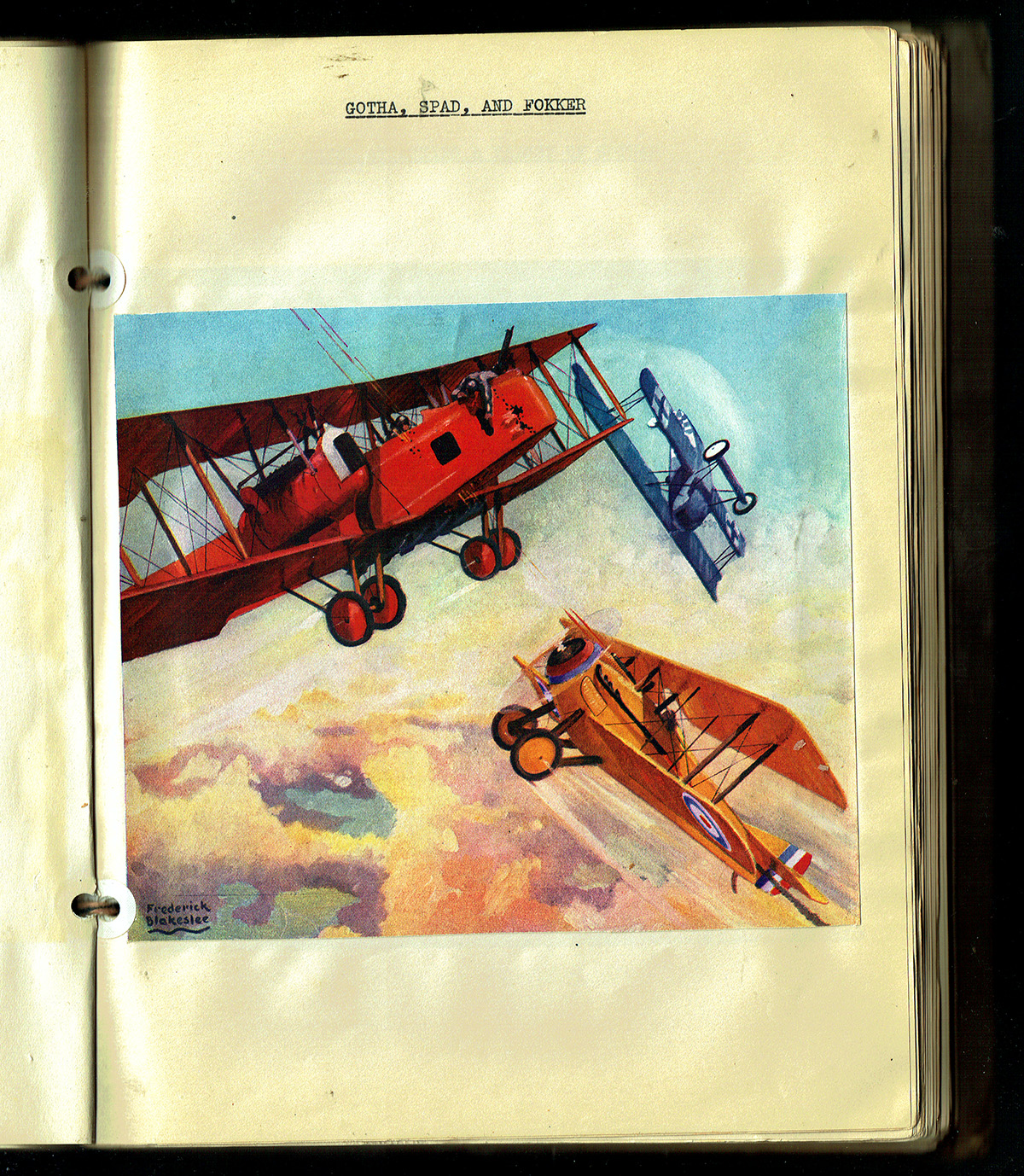 Dare-Devil Aces Jan ‘33 |
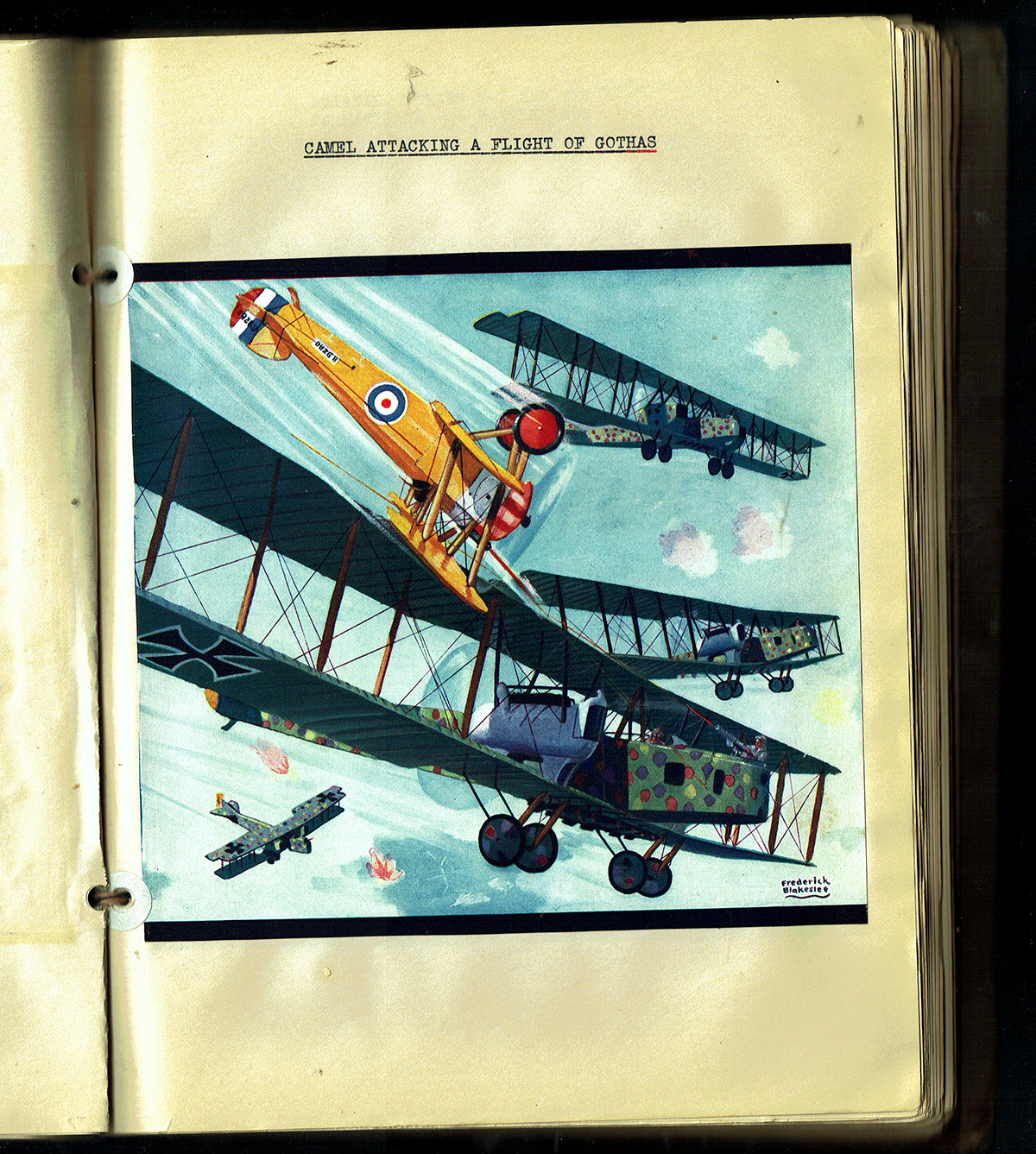 Feb ‘33 |
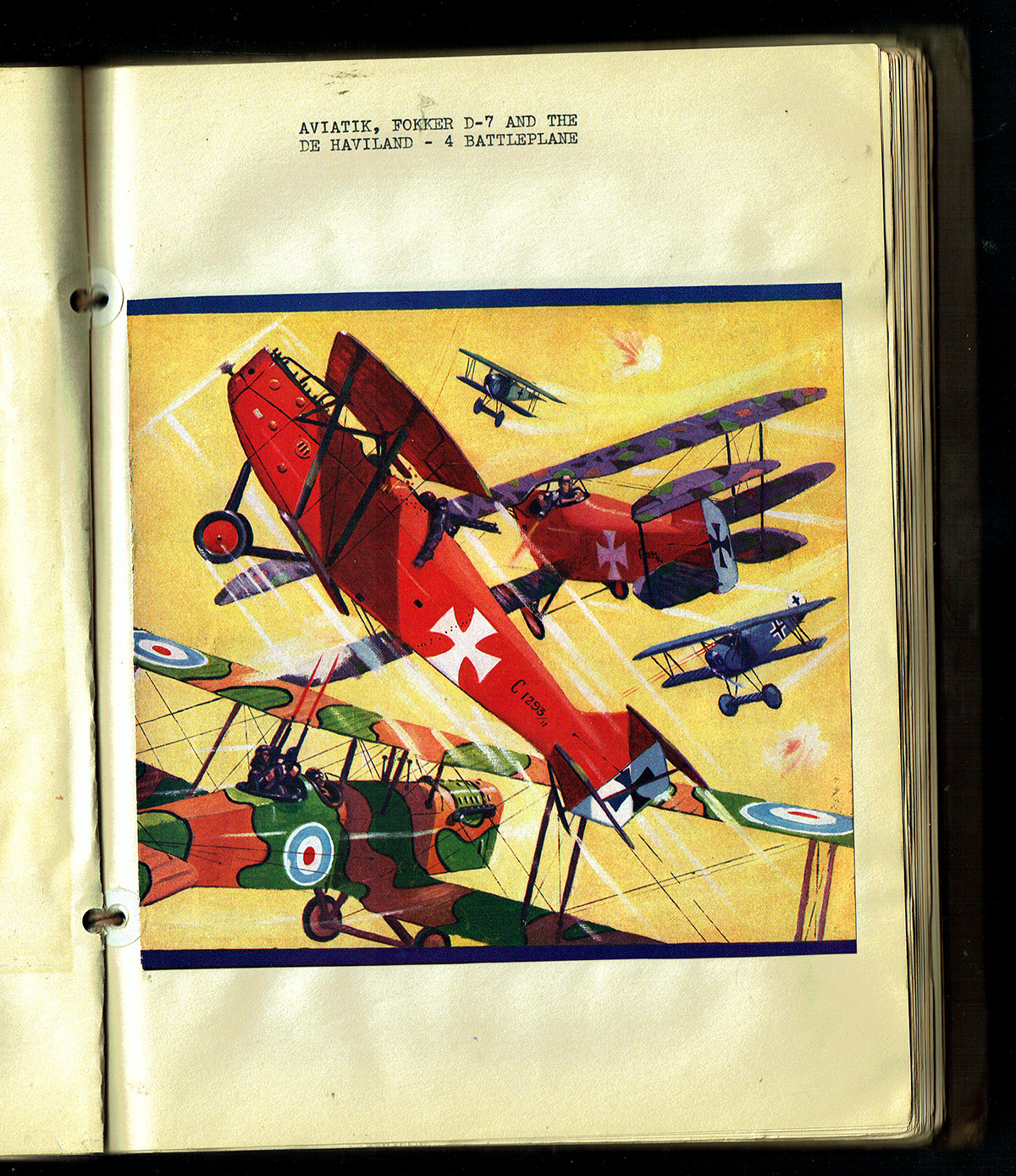 Jan ‘33 |
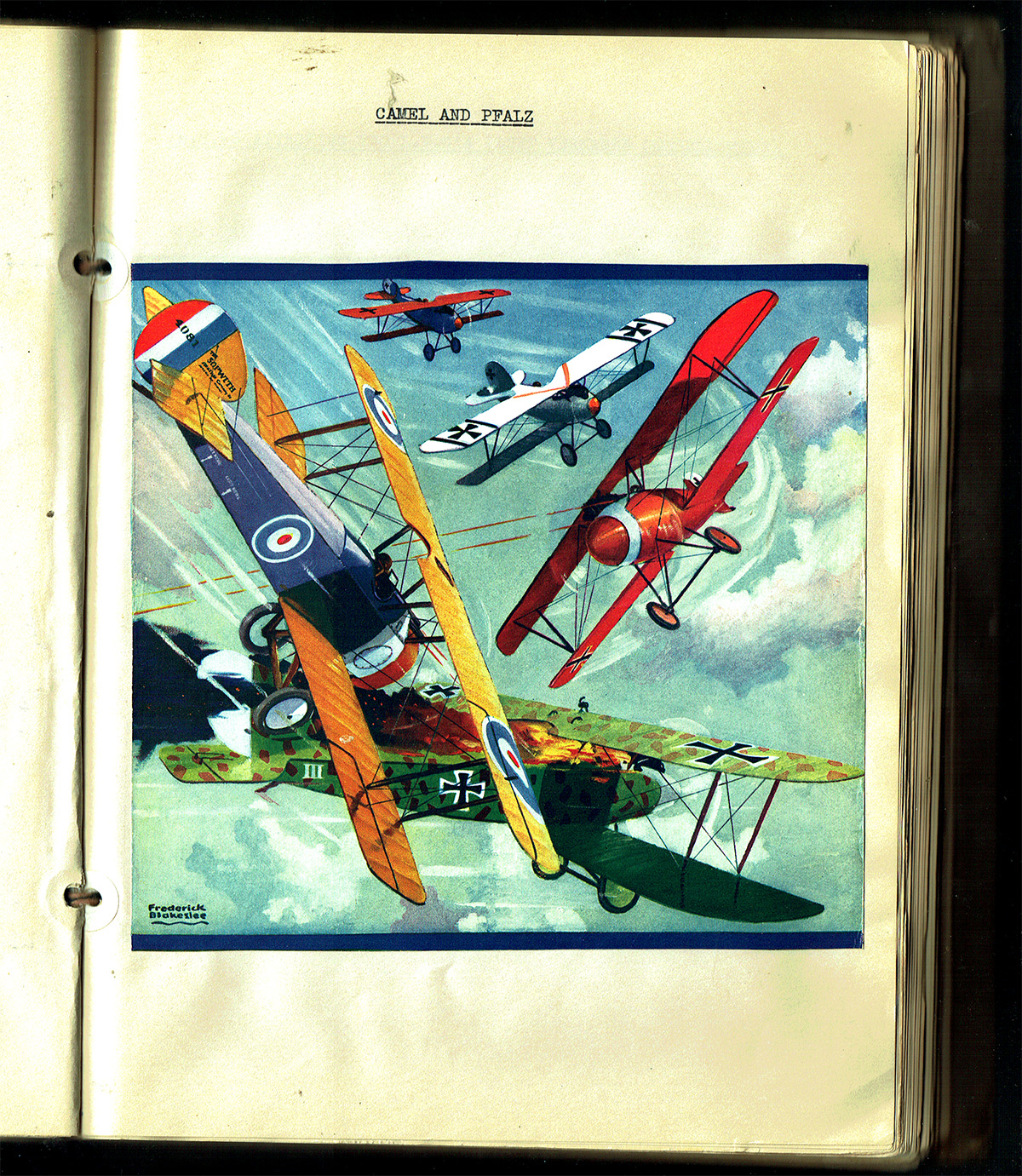 Dec ‘32 |
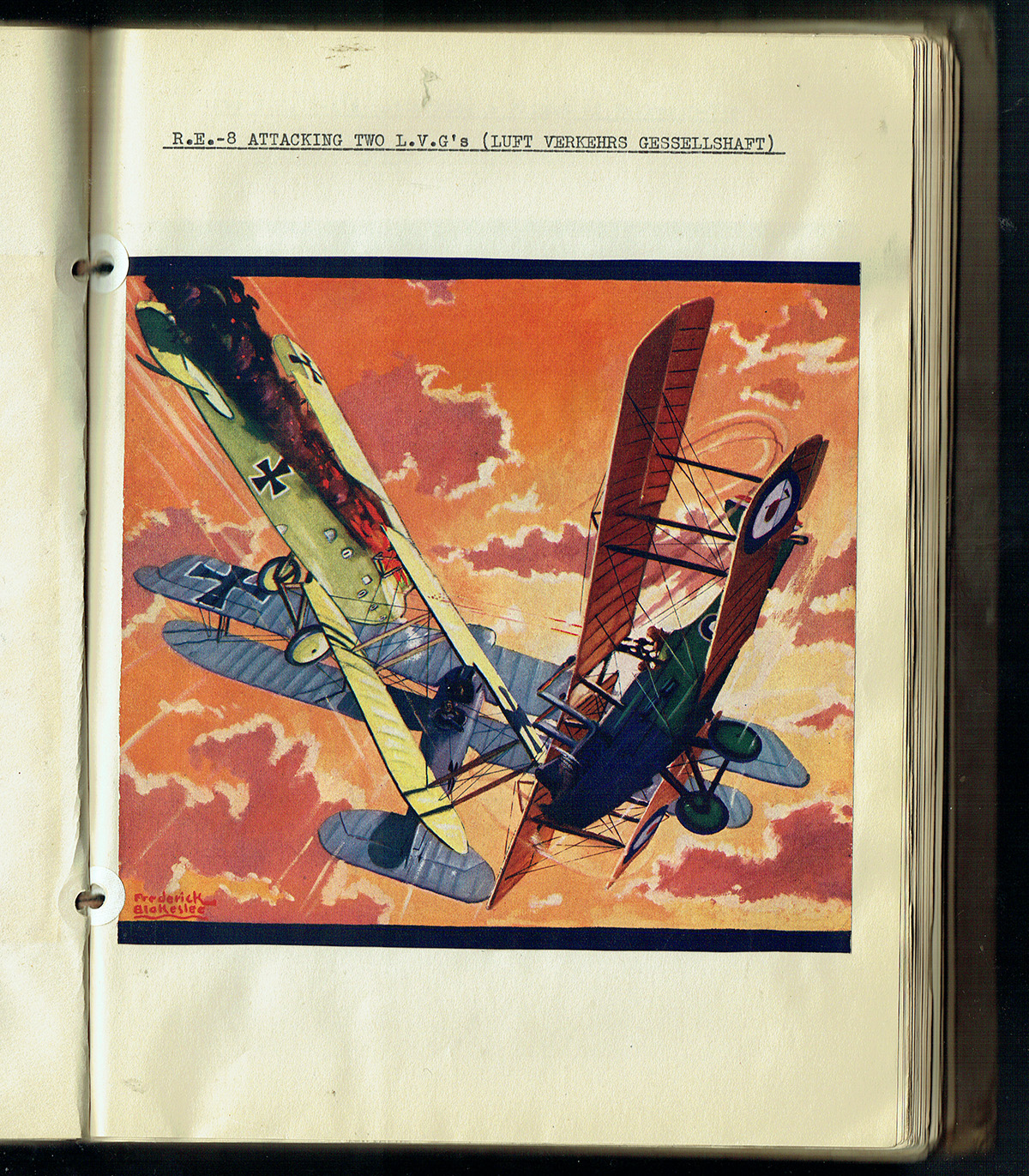 Apr ‘33 |
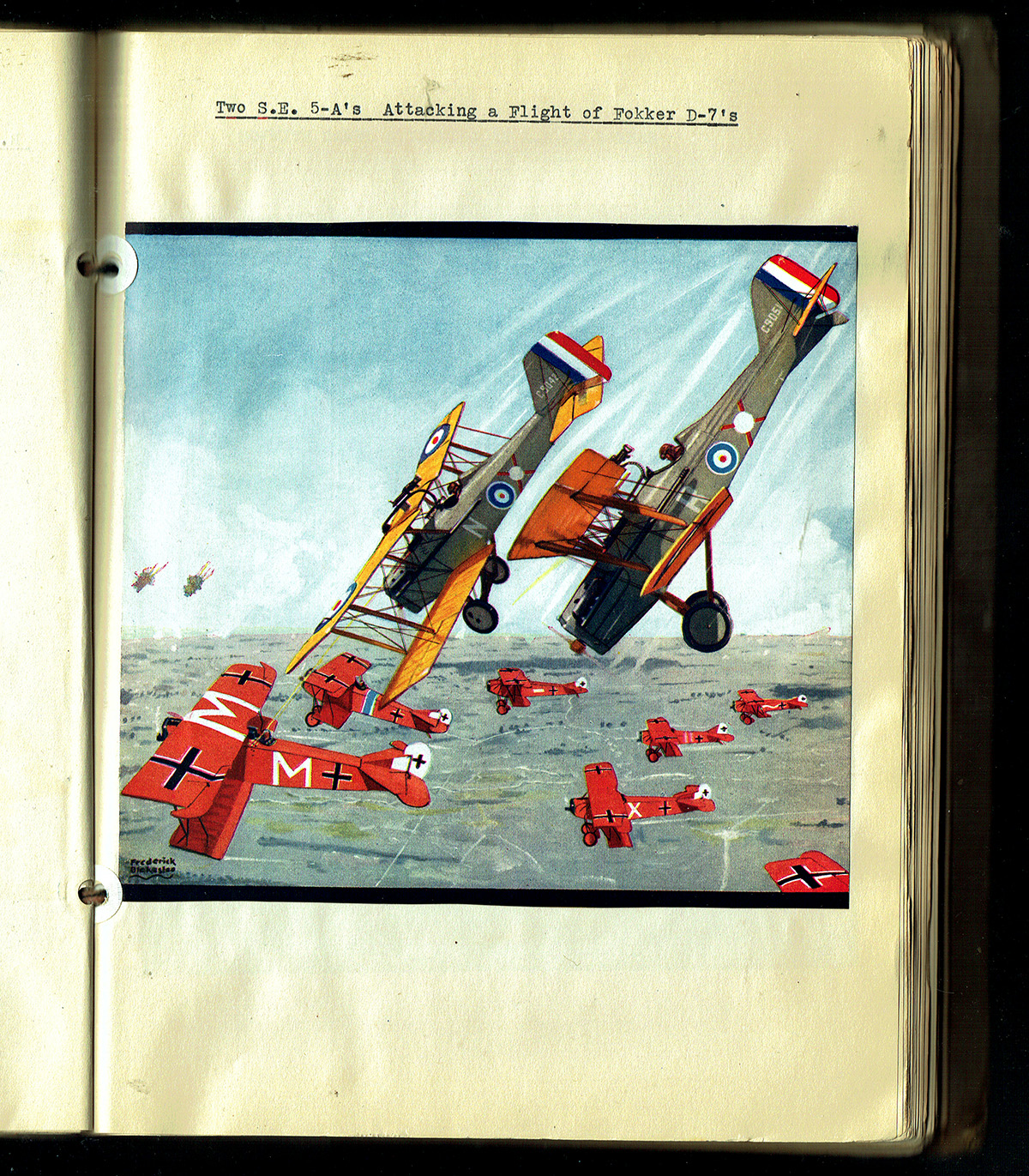 Jul ‘33 |
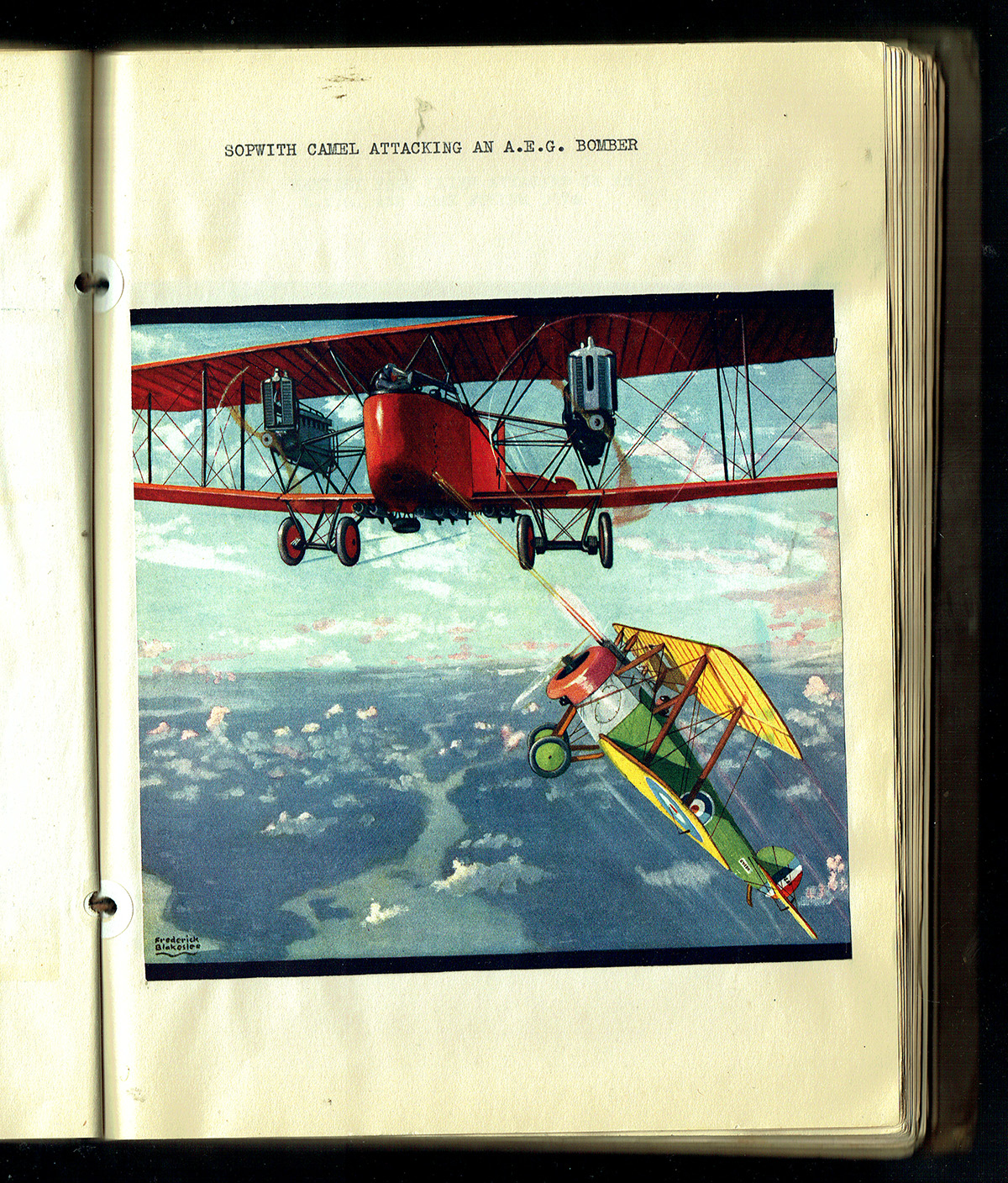 Jun ‘33 |
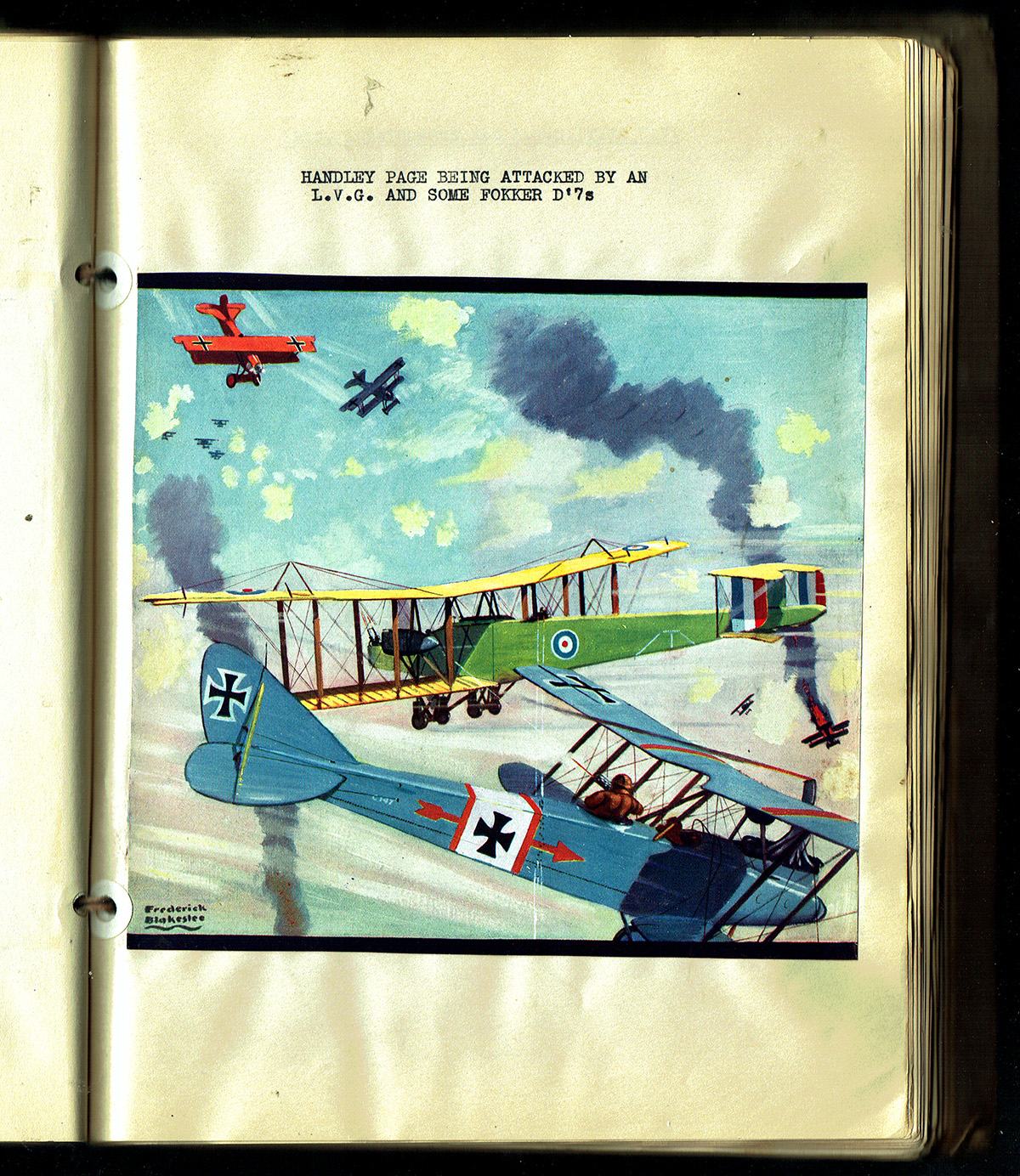 Aug ‘33 |
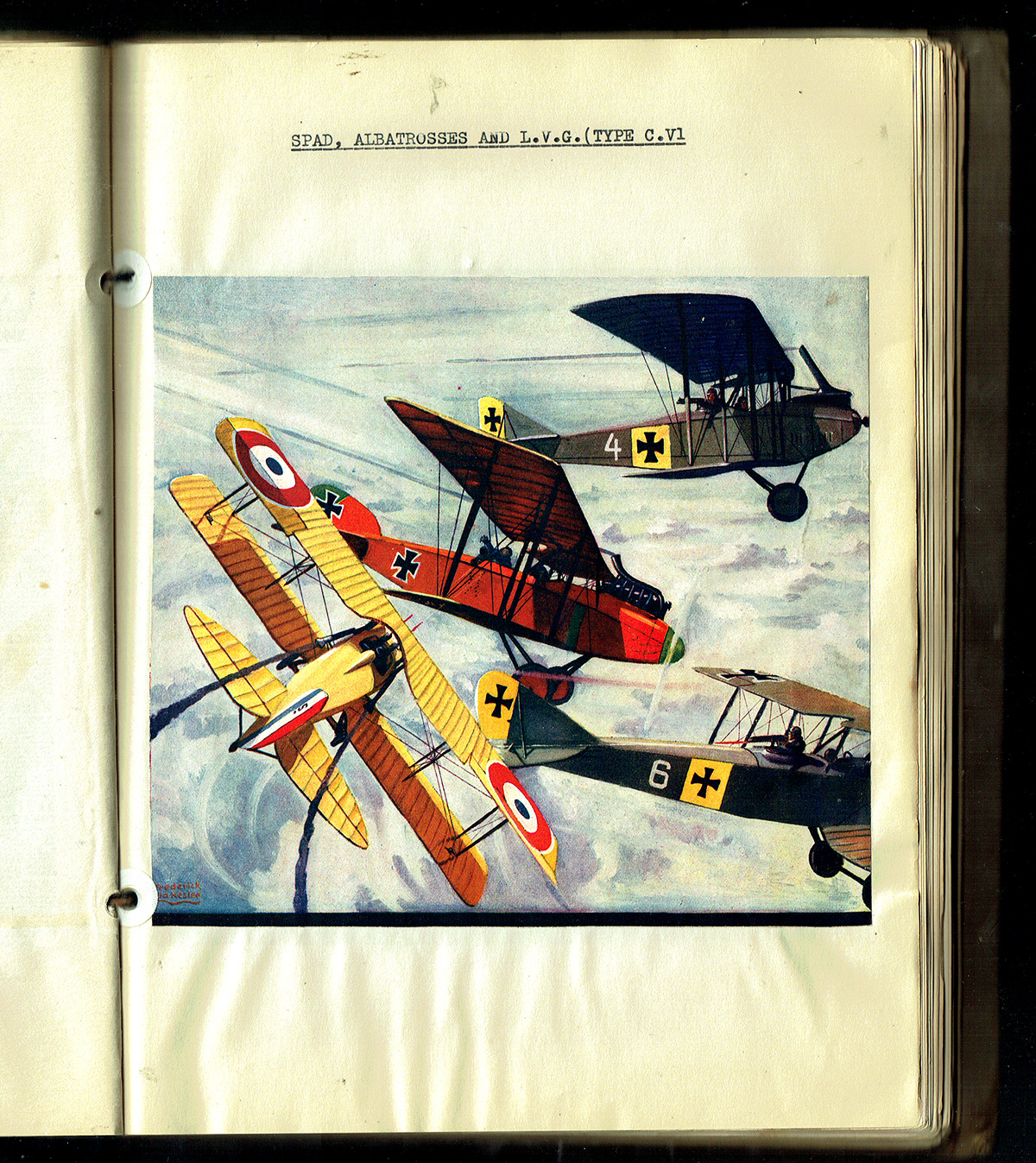 Dare-Devil Aces Jun ‘33 |
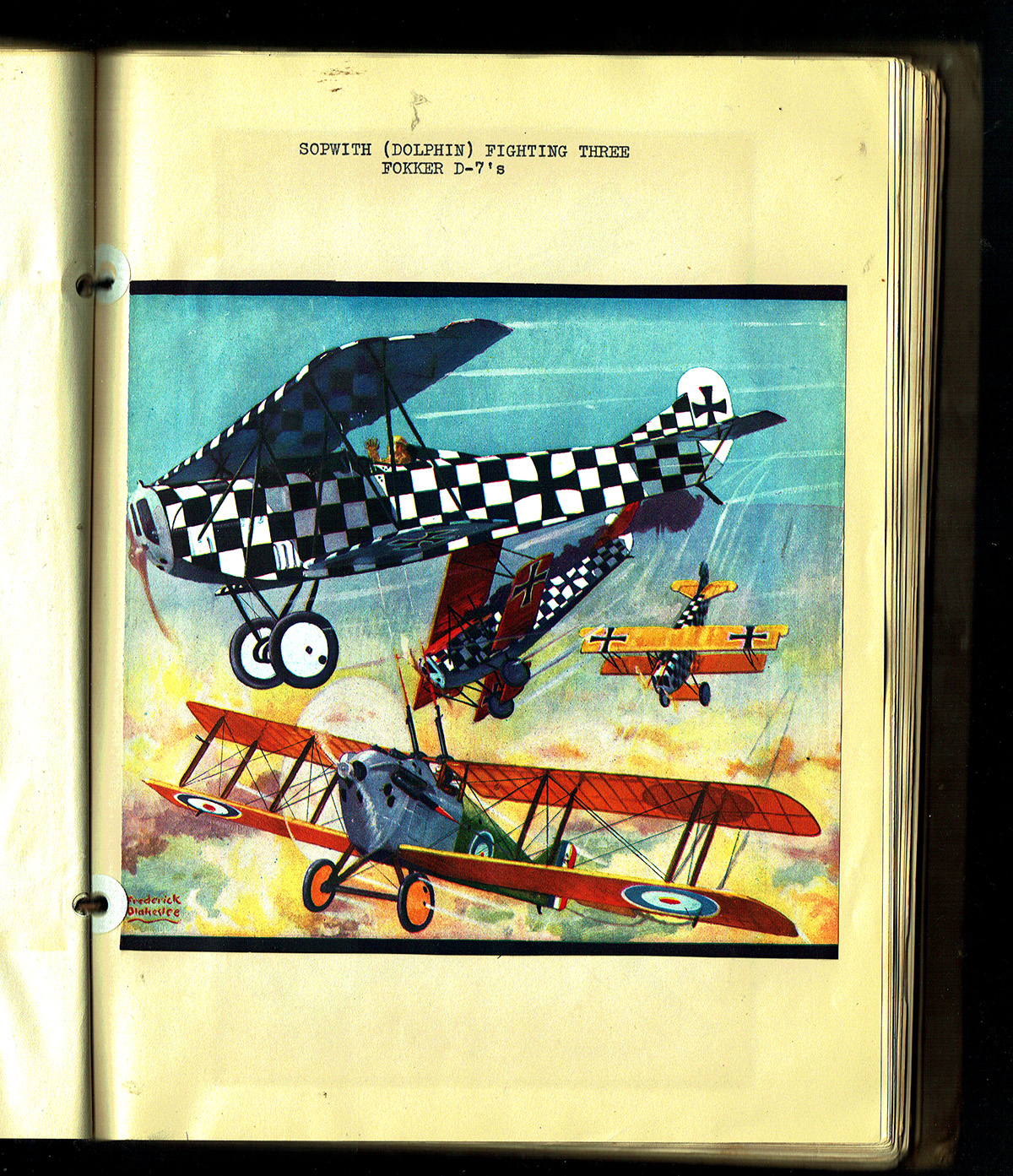 Mar ‘33 |
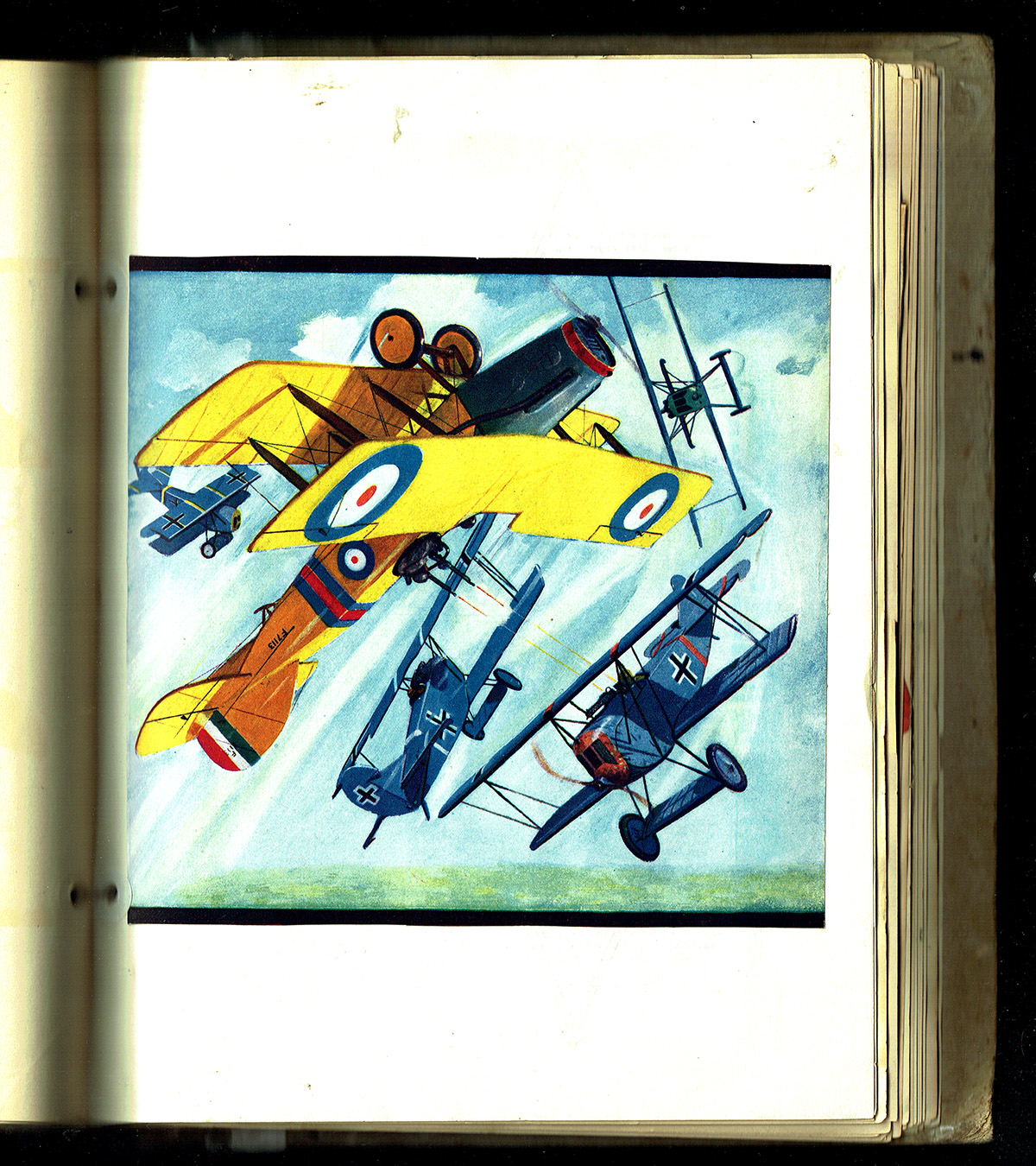 Sep ‘33 |





